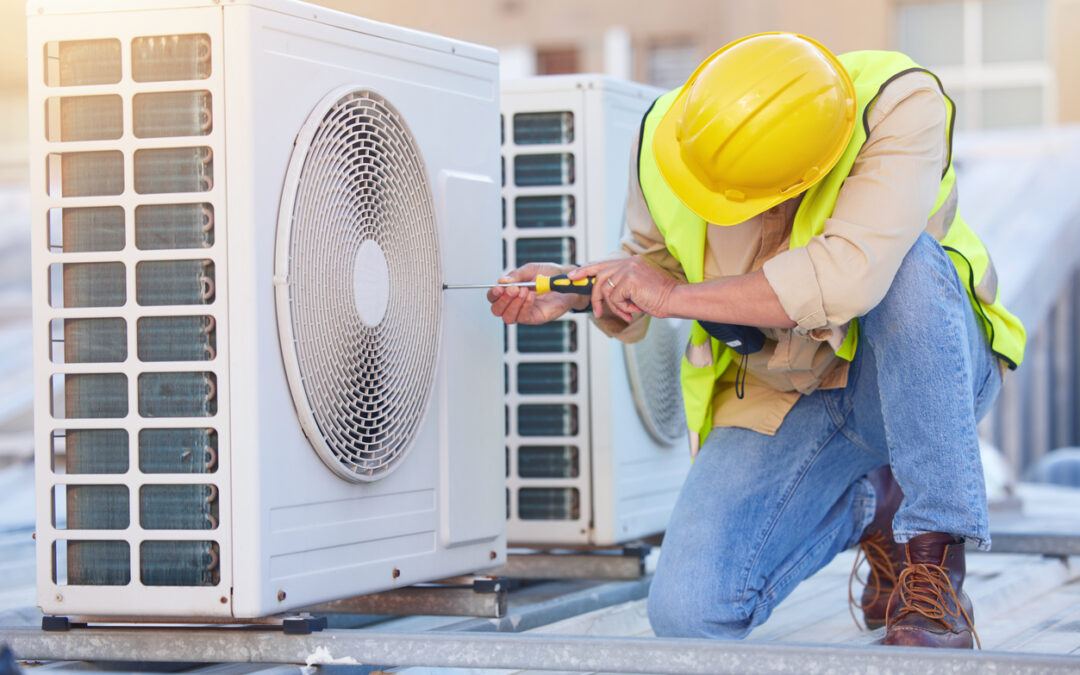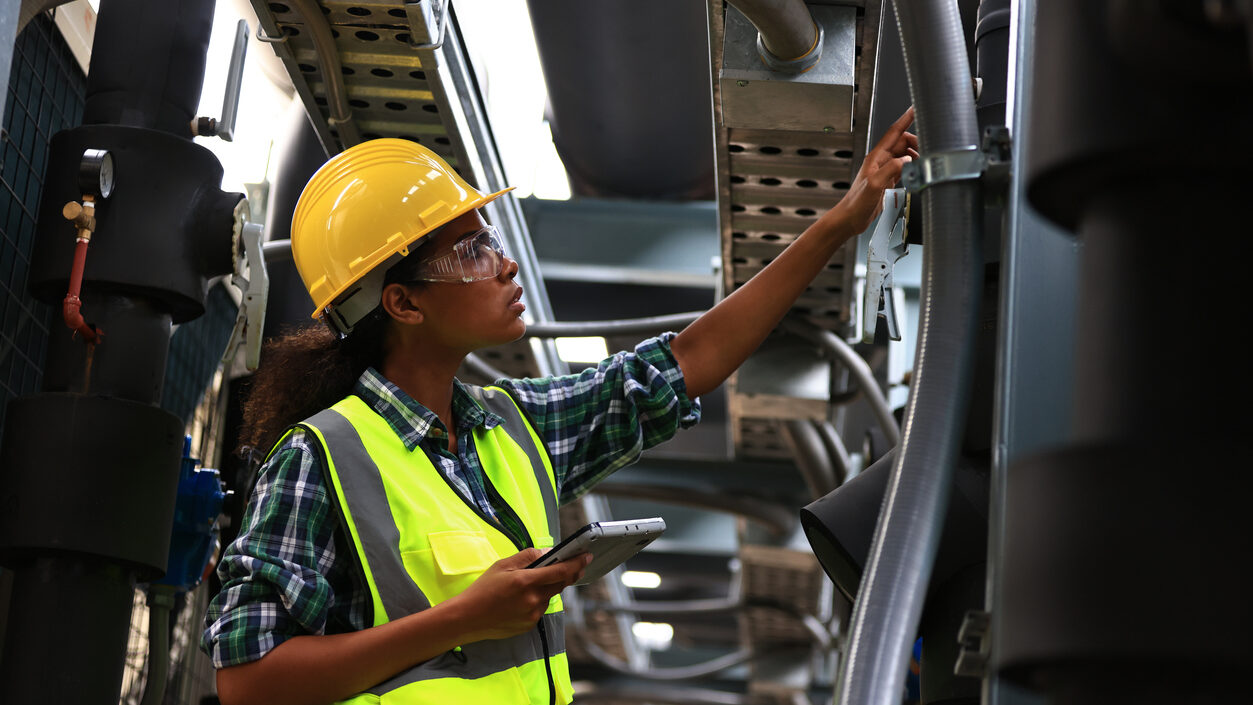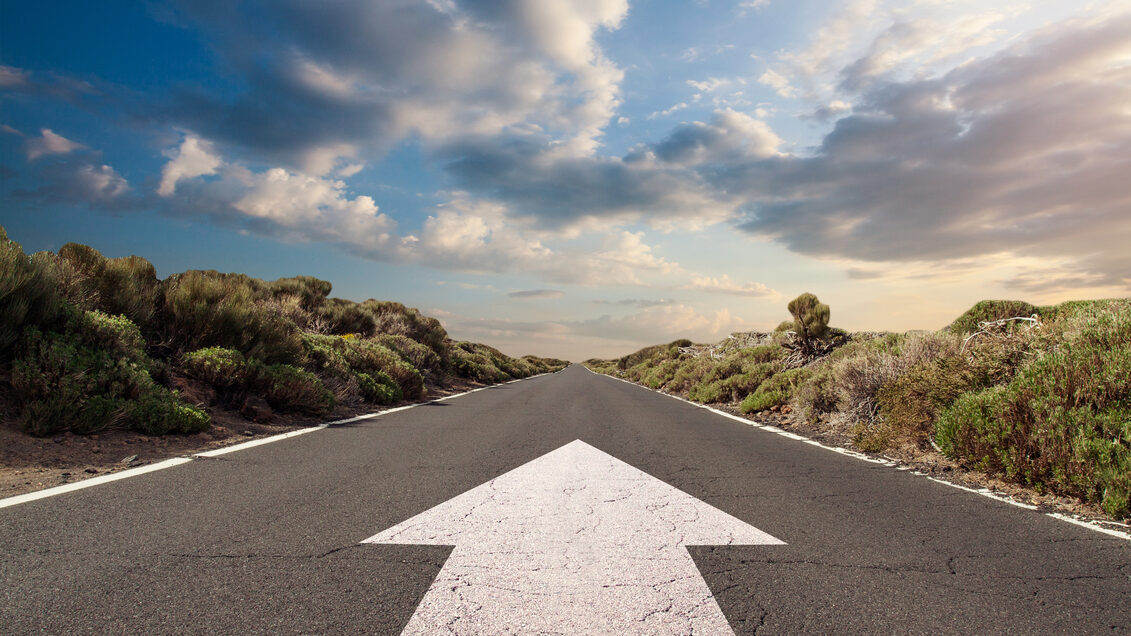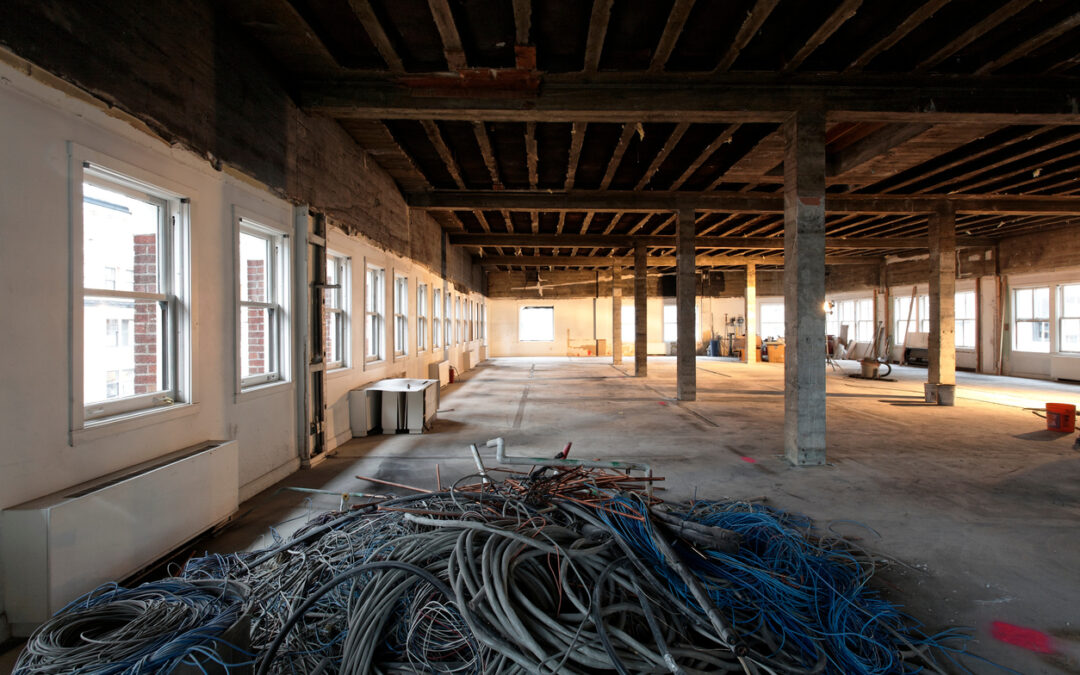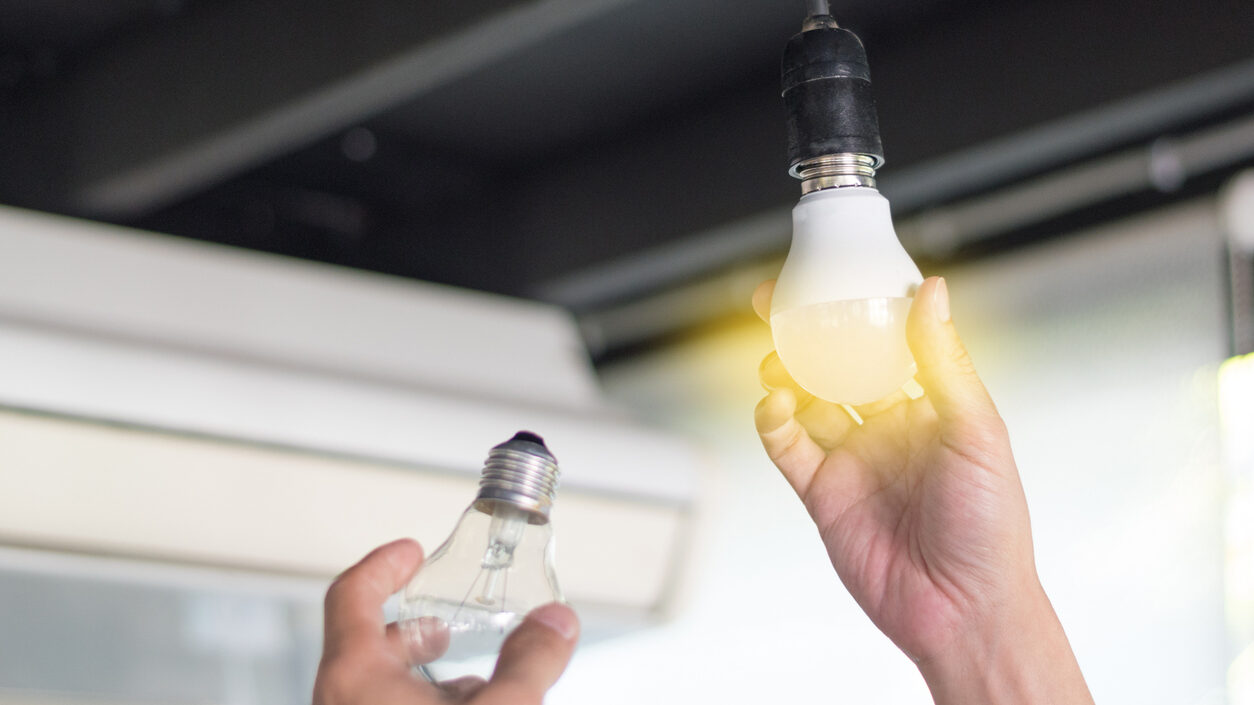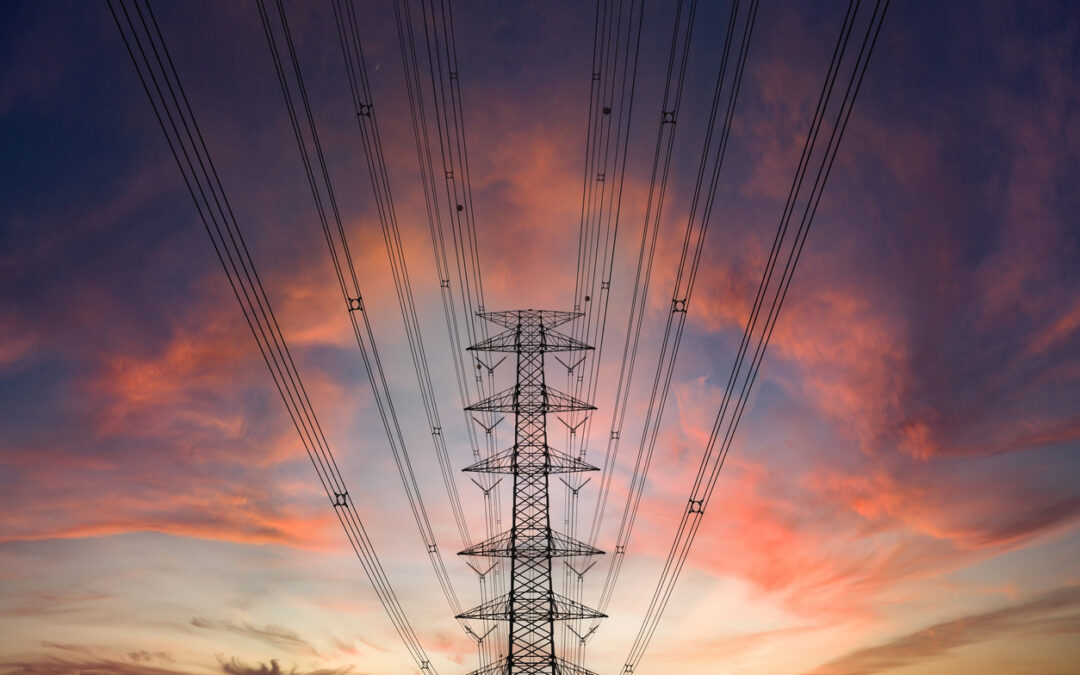
Decarbonization Without Compromise: Balancing Sustainability, Comfort, and Affordability
How can the industry go green without leaving consumers in the cold — or breaking the bank? As the world grapples with climate change, the HVACR industry stands at a critical intersection of environmental responsibility, technological innovation, and economic practicality. The path to decarbonization is no longer a distant goal but an immediate imperative that must balance three key considerations: efficiency, affordability, and comfort.
The Driving Forces of Change
Regulatory landscapes are rapidly transforming the HVACR industry. The Inflation Reduction Act has become a powerful catalyst, offering substantial incentives for green technologies and setting ambitious decarbonization targets. Globally, countries are implementing increasingly stringent carbon reduction policies, pushing manufacturers, contractors, and building owners to reimagine traditional heating and cooling approaches.
But it’s not just regulations driving this change. Consumers and businesses are increasingly demanding sustainable solutions. A recent survey revealed that 78% of consumers are willing to pay a premium for environmentally friendly technologies, signaling a market-driven push towards greener HVACR systems.
Innovative Solutions for Sustainable Climate Control
The technological arsenal for decarbonization is expanding rapidly. Heat pumps have emerged as a game-changing technology, offering efficient heating and cooling with significantly reduced carbon emissions. These systems can extract heat from the air or ground, providing up to 300% more energy efficiency compared to traditional fossil fuel-based systems.
Electrification is at the forefront of sustainable HVACR solutions:
- Hybrid systems that combine electric heat pumps with existing infrastructure
- Electric boilers replacing gas-powered alternatives
- Advanced retrofitting techniques to upgrade existing buildings
Refrigerant technology is also undergoing a radical transformation. Low Global Warming Potential (GWP) refrigerants are replacing traditional high-emission alternatives, dramatically reducing the carbon footprint of cooling systems. Manufacturers are developing refrigerants with up to 99% lower greenhouse gas impact compared to traditional options.
Smart building controls represent another critical component of sustainable HVACR systems. AI-driven technologies can now optimize energy consumption in real-time, adapting to occupancy patterns, external weather conditions, and individual user preferences. These systems can reduce energy consumption by up to 30% without compromising comfort.

The Affordability Equation
The primary barrier to widespread decarbonization has long been perceived cost. While green technologies often require higher upfront investments, the long-term savings are substantial. A typical heat pump installation might cost 20-30% more initially but can reduce energy costs by 50% over its lifetime.
Government incentives are crucial in bridging this affordability gap:
- Federal tax credits covering up to 30% of green technology installations
- State-level rebate programs
- Utility company incentives for energy-efficient upgrades
Retrofitting existing infrastructure is particularly critical. With approximately 80% of current buildings expected to still be in use by 2050, upgrading existing systems offers the most immediate and impactful path to decarbonization.
Real-World Success Stories
Practical applications are proving that sustainable HVACR can deliver on its promises. A commercial office complex in California implemented a comprehensive decarbonization strategy, combining heat pumps, smart controls, and low-GWP refrigerants. The result? A 65% reduction in carbon emissions and a 40% decrease in energy costs within the first two years.
Another compelling example comes from a multi-unit residential project in New York, where a hybrid system demonstrated that comfort need not be sacrificed for sustainability. Residents reported improved temperature control and lower utility bills, challenging the misconception that green technologies compromise performance.
Collaborative Pathways to Change
Successful decarbonization requires unprecedented collaboration. Manufacturers are developing more efficient technologies, contractors are acquiring new skills for installation and maintenance, and policymakers are creating supportive regulatory frameworks.
Partnerships between these stakeholders are creating comprehensive ecosystems that make sustainable HVACR accessible and attractive. Training programs are helping technicians adapt to new technologies, ensuring a skilled workforce capable of implementing these advanced systems.
Conclusion
Decarbonization is not a compromise — it’s an opportunity. The right technologies, combined with strategic implementation and supportive policies, can deliver sustainable HVACR solutions that benefit everyone. Consumers get improved comfort and lower energy costs. Businesses achieve their sustainability goals. And our planet receives a much-needed reprieve from carbon emissions.
The future of climate control is green, efficient, and within reach. The journey has already begun.

